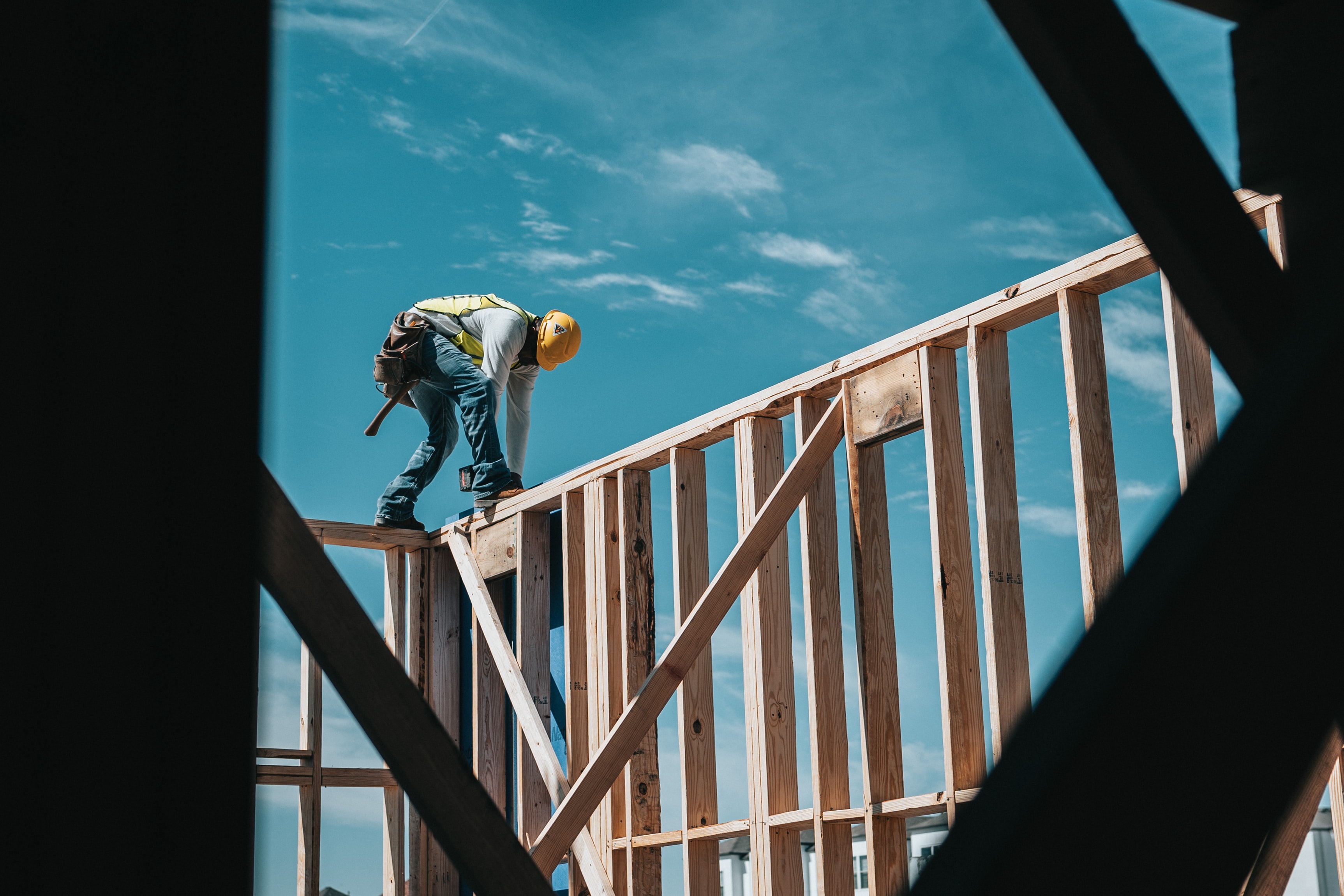|
Front month lumber futures touched a record close of $992.40 per thousand board feet this week, more than 120% higher than this time last year. As the Wall Street Journal notes, the cheapest and most distant futures, for lumber in March 2022, now start at $700 – more than the pre-pandemic record of $639.
Many engineered wood products used in new construction, such as I-joists, are in short supply, and mills are backlogged with orders well into March, according to pricing service Random Lengths.
Despite the increasing costs, homebuilders remain confident in the ongoing surge in home construction. Builder sentiment rebounded by a point this month, rising to 84, according to the latest National Association of Home Builders/Wells Fargo Housing Market Index (HMI). Anything above 50 is considered positive sentiment and this most recent reading is not far off from last November’s all-time high of 90.
Of the index’s three components, CNBC notes that current sales conditions held steady at 90, and traffic of prospective buyers rose 4 points to 72. Sales expectations over the next six months was the lone laggard, slipping 3 points to 80.
Lumber production initially suffered from a miscalculation of demand by mill operators and dealers after housing starts and remodeling were weak in 2019. The expectation was that 2020 would be much of the same, especially after COVID-19 began spreading in the US and inducing mill shutdowns throughout early to mid-2020. However, even with mills ramping back up, the latest data shows demand still outstripping production. RBC analyst Paul Quinn recently noted that, although North American softwood lumber production increased by 7.2% YoY in November, consumption rose by 14.8%.
Usually, the wintertime creates a seasonal lull in homebuying activity, giving producers time to restock their inventories and prepare for primetime sales growth in the spring – but not this year.
As MRP noted earlier this month, new starts rose in December to the best pace since late 2006, jumping 5.8% to a seasonally adjusted annual rate of 1.669 million units last month. Economists polled by Reuters had forecast starts would rise to a rate of 1.560 million units in December. Single-family homebuilding, the largest share of the housing market, soared 12.0% to a seasonally adjusted annual rate of 1.338 million units. Single-family starts have increased for eight straight months.
Permits for future homebuilding accelerated 4.5% to a rate of 1.709 million units in December, that was also the best since 2006.
Bloomberg notes that analysts see signs the market stress may ease as we head into the spring. Between 2019 and 2022, roughly 4.8 billion board feet of new capacity is scheduled to come online in the southern portion of the US.
That is far from certain, though, given the average rate on a 30-year fixed-rate mortgage is still stuck below 3%.
Additionally, the US has become more dependent on overseas lumber supply in recent years, even as the supply from Canada has dwindled. Canada is a key supplier of softwood used in the US construction market. About 69% of Canada’s softwood lumber exports went to the US in 2015.
However, Canadian lumber shipments to its southern neighbor are likely to have fallen for the fourth consecutive year, on track for the lowest total in over a decade. During the first nine months of the year, shipments were 10% lower than in the same period in 2019, with most of the decline occurring from January to June.
That comes as Canada’s domestic housing market is entering its own boom, thinning supplies of softwood even further. The Canadian Mortgage and Housing Corporation (CMHC) reported that housing starts totaled 282,428 units in January 2021 – their highest level since September 2007.
Renovations, additions, and remodeling have played a key role in the explosion of lumber demand.
As MRP highlighted last year, home improvement projects surged in the wake of COVID-19. A Consumer Specialists survey of more than 600 homeowners conducted in June revealed that 57% of homeowners conducted a home improvement project between March to May. On average, those homeowners spent $1,750 making home improvements and more than two-thirds of the respondents cited “have more time” (66.9%) as the top reason homeowners are doing more projects.
That trend looks to be sustained this year as Axiom Marketing’s 2021 Homefront Insights Survey recently showed that 90% of respondents plan to spend as much or more time on home projects this year compared to 2020. Among homeowners planning projects and hiring professionals, 42% will spend over $2,500, 22% plan to spend over $5,000 and 9% will do projects costing over $10,000.
The rise in home prices has also played a role in renovations. As the Wall Street Journal notes, rising property values tend to encourage homeowners to undertake renovations since added home equity can be borrowed against to pay for patios and new kitchens. US homeowners with mortgages collectively gained about $1 trillion in home equity in the 12 months that ended Sept. 30, according to real-estate data firm CoreLogic Inc. |


Leave a Reply